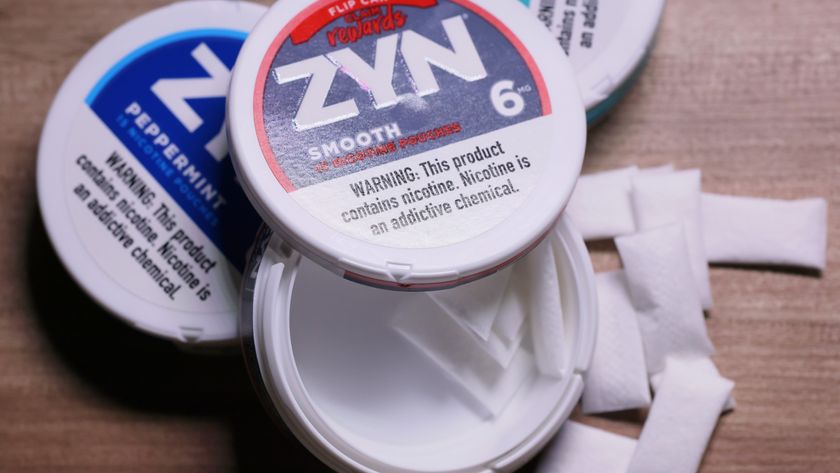Youth Smoking Rates Still High, Government Report Finds

While much progress has been made to reduce smoking among youths, it's not enough, according to a new government report.
Surgeon General Dr. Regina Benjamin unveiled today (March 8) a report on youth smoking that details the health consequences of tobacco use by young people, the extent of the problem and ways to prevent it.
While the percentage of young people who smoke decreased every year between 1997 and 2003, since that time, the rate of decline has dwindled, and for smokeless tobacco products, the decline has completely stalled, the report says.
There would be 3 million fewer youth smokers today if the decline had continued in recent years, the report said.
"We can and must continue to do more to accelerate the decline in youth tobacco use," said Dr. Howard Koh, assistant secretary for health at the U.S. Department of Health and Human Services (HHS). "Until we end the tobacco epidemic, more young people will become addicted, more people will die and more families will be devastated by the suffering and loss of loved ones."
Smokers start young
Today, about 3 million high school students, and more than 600,000 middle school students smoke, Benjamin said. Ninety percent of smokers start before the age of 18, and nearly all begin before 26, the report says.
Sign up for the Live Science daily newsletter now
Get the world’s most fascinating discoveries delivered straight to your inbox.
"One child picking up a tobacco product is one too many," Kathleen Sebelius, secretary of HHS, said today at a news conference about the report.
Kids and teens are more susceptible to the addictive nature of tobacco, and they suffer unique health consequences compared to those who start smoking as adults.
When young people take up smoking, they become dependent on nicotine earlier than adults; and the younger they are when they start, the more likely they are to become addicted, the report said. Seventy-five percent of teen smokers continue the habit into adulthood.
Smoking impedes lung growth, and so the lungs of people who start smoking as teens may not reach their full capacity, Benjamin said.
Young people are also particularly susceptible to tobacco marketing messages. Tobacco advertising has been shown to cause kids and teens to start and continue to smoke, the report said.
"Today we understand even more clearly that youth smoking is not an accident," Koh said at the news conference. Although tobacco companies say they do not intend to aim their advertisements at young people, "Regardless of intent, the impact of tobacco marketing is to encourage underage smoking," Koh said.
He noted the tobacco industry spends $10 billion a year on marketing and promoting tobacco products.
Prevention
Sustained, comprehensive tobacco control programs could cut youth smoking in half in six years, the report said.
Strategies to reduce youth smoking include higher tobacco prices, better enforcement of laws prohibiting tobacco sales to children, further limiting tobacco marketing, educational media campaigns about the health consequences of smoking, and implementing smoke-free laws and policies.
"We know what works to prevent tobacco use among young people," Benjamin said. "By strengthening and continuing to build upon effective policies and programs, we can help make our next generation tobacco free," she said.
Pass it on: Today, more than 3.6 million kids and teens smoke, and efforts to prevent youth smoking should be continued and accelerated, a new government report says.
Follow MyHealthNewsDaily staff writer Rachael Rettner on Twitter @RachaelRettner. Find us on Facebook.

Rachael is a Live Science contributor, and was a former channel editor and senior writer for Live Science between 2010 and 2022. She has a master's degree in journalism from New York University's Science, Health and Environmental Reporting Program. She also holds a B.S. in molecular biology and an M.S. in biology from the University of California, San Diego. Her work has appeared in Scienceline, The Washington Post and Scientific American.











